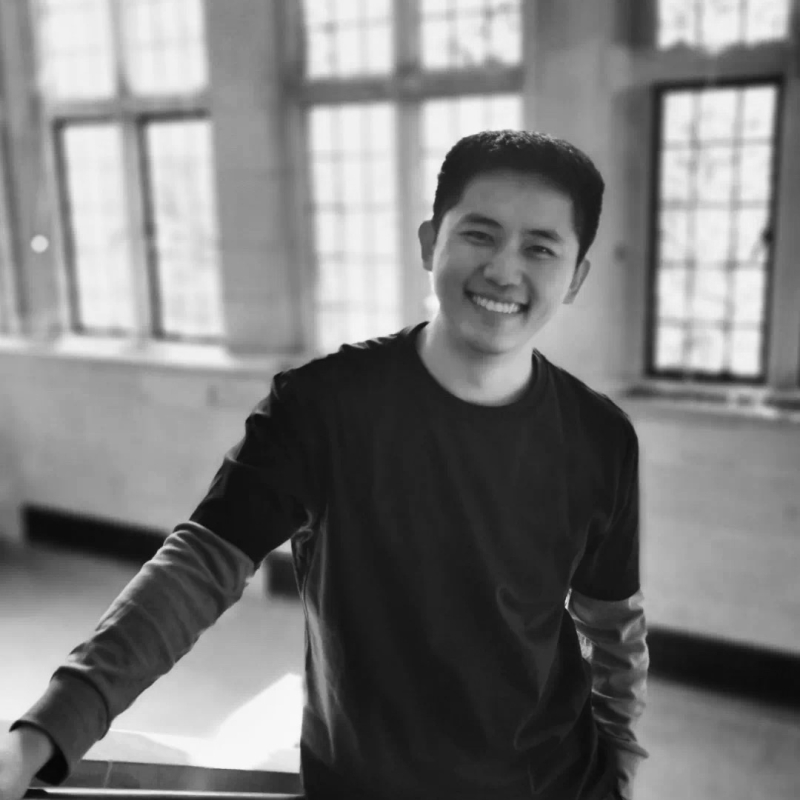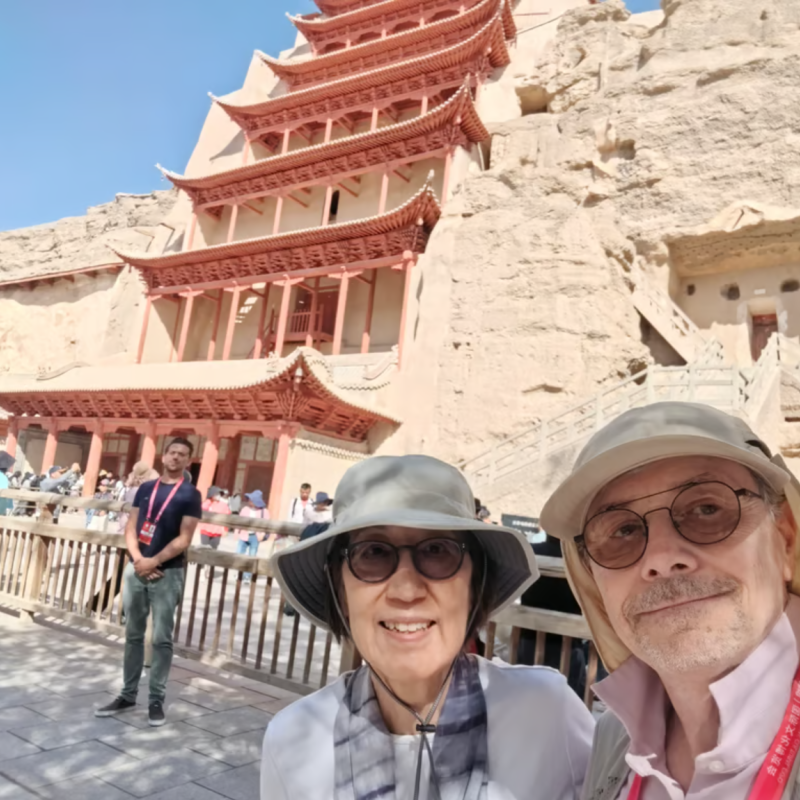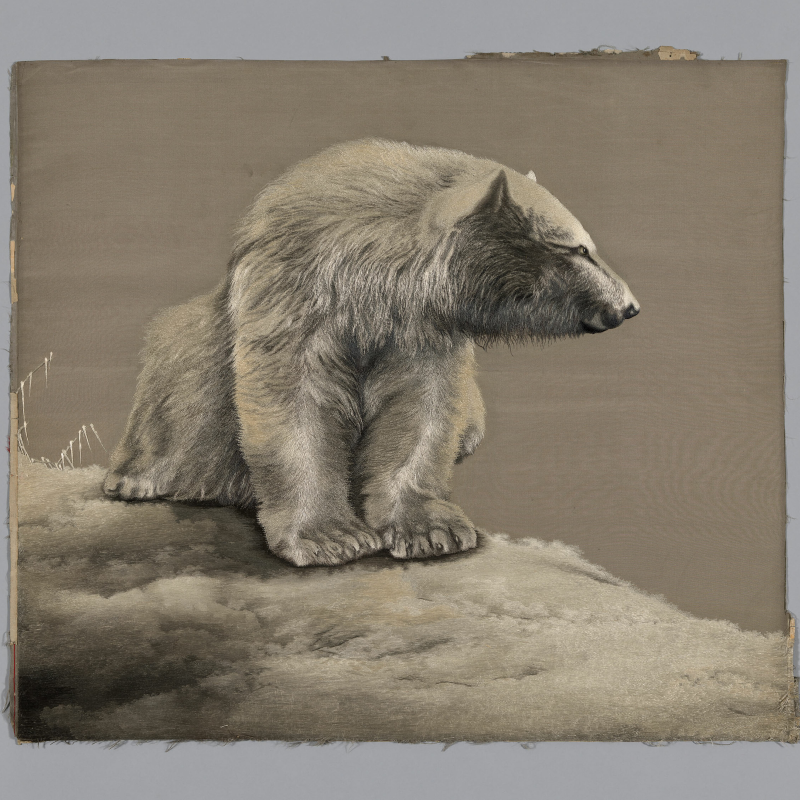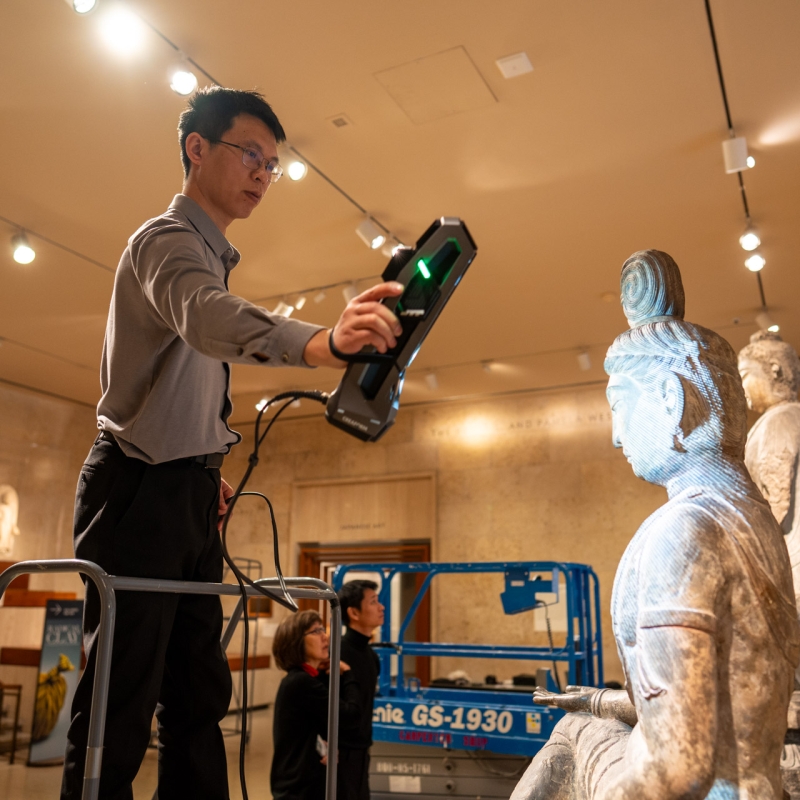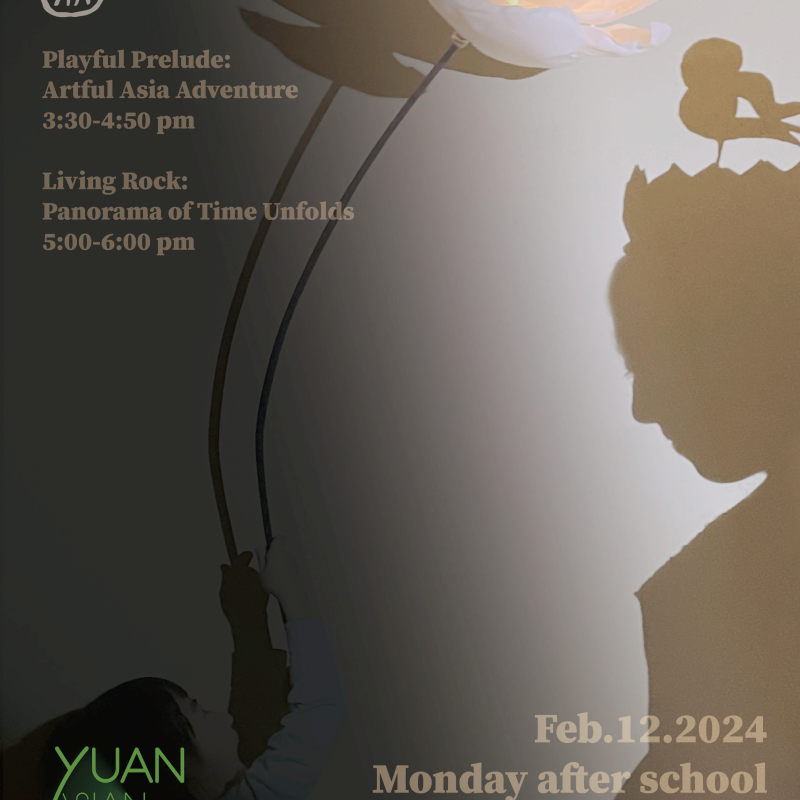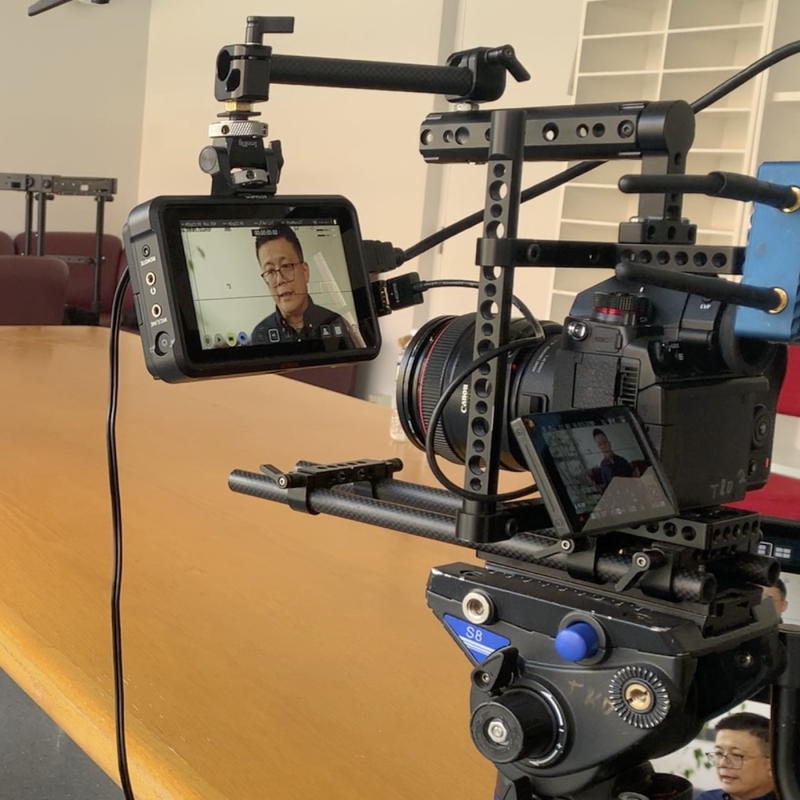Professor Wu Hung redefines 10th–century Chinese painting
June 26, 2024
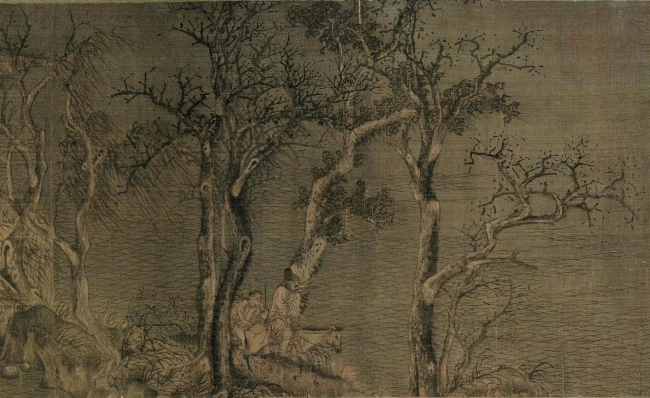
Professor Wu Hung of the University of Chicago presented three lectures for the Tang Center Lecture Series on the theme “Rethinking the Tenth Century: A Pivotal Period in the History of Chinese Painting,” investigating first new methodologies and evidence, then figure painting, and finally landscape painting through a new lens.
“Professor Wu has for decades been one of the most prolific, creative, generous, and impactful scholars in Chinese art history, as exemplified by his Tang Center lectures, which showed the path to rethinking the tenth century in Chinese painting,” said Director of the Tang Center for East Asian Art Professor Andrew Watsky.
Since the 1990s, discoveries of tombs with stunning murals and mortuary objects have fundamentally changed our understanding of 10th–century Chinese painting. The archaeologically excavated materials have art historians reevaluating historical texts along with the handscrolls and hanging paintings which have been studied for decades.
“Rarely in studies of Middle-Period Chinese art are scholars able to integrate recent archaeological findings of wall paintings with time-honored traditions mainly focused on scroll paintings,” said Professor Cheng-hua Wang. “Professor Wu is one of the few who can do so and is perhaps even the only one. In his series of talks on 10th–century Chinese painting, Professor Wu demonstrates considerable methodological concern, empirical research, and macroscopic perspective, features which converge to provide solid case-studies, forefront issues, and a broad view of the transformation of Chinese painting from the Tang dynasty (618–907) to the Northern Song period (960–1127).”
“Professor Wu first introduced newly discovered tomb paintings and their spatial signification within the architecture of tombs and then integrated the archaeological material with existing ‘monuments’ in Chinese painting history, offering a new way of looking at both tombs and paintings,” said Deputy Director of the Tang Center for East Asian Art Dora Ching. “Particularly exciting was Professor Wu’s analysis of the relationship between the formats of landscape modes in the tombs and traditional hanging scrolls and handscrolls. For example, by analyzing the spatial layout and position of landscape murals in a tomb and then looking closely at the famous painting, the The Double Screen, Wu reinterpreted the use and meaning of landscapes in the painting, compellingly demonstrating the creation of gendered space in the painting.”
Throughout the series, Wu built on existing art history to find new ways to tell the story of Chinese 10th–century painting.
Wu will expand these themes along with others into a book-length study that will be published by the Tang Center in association with Princeton University Press.
